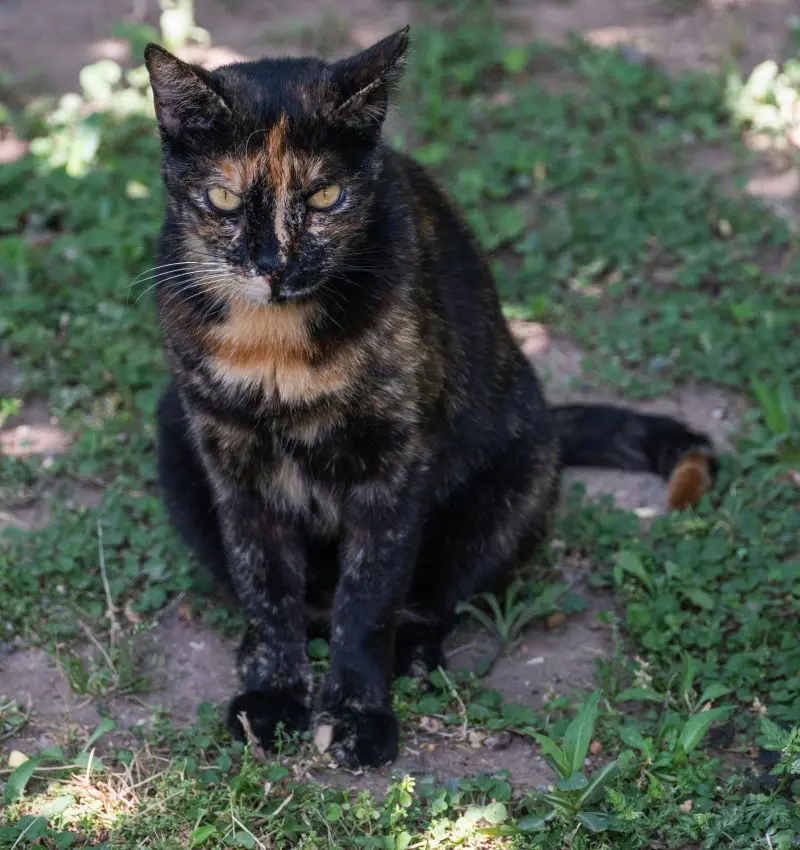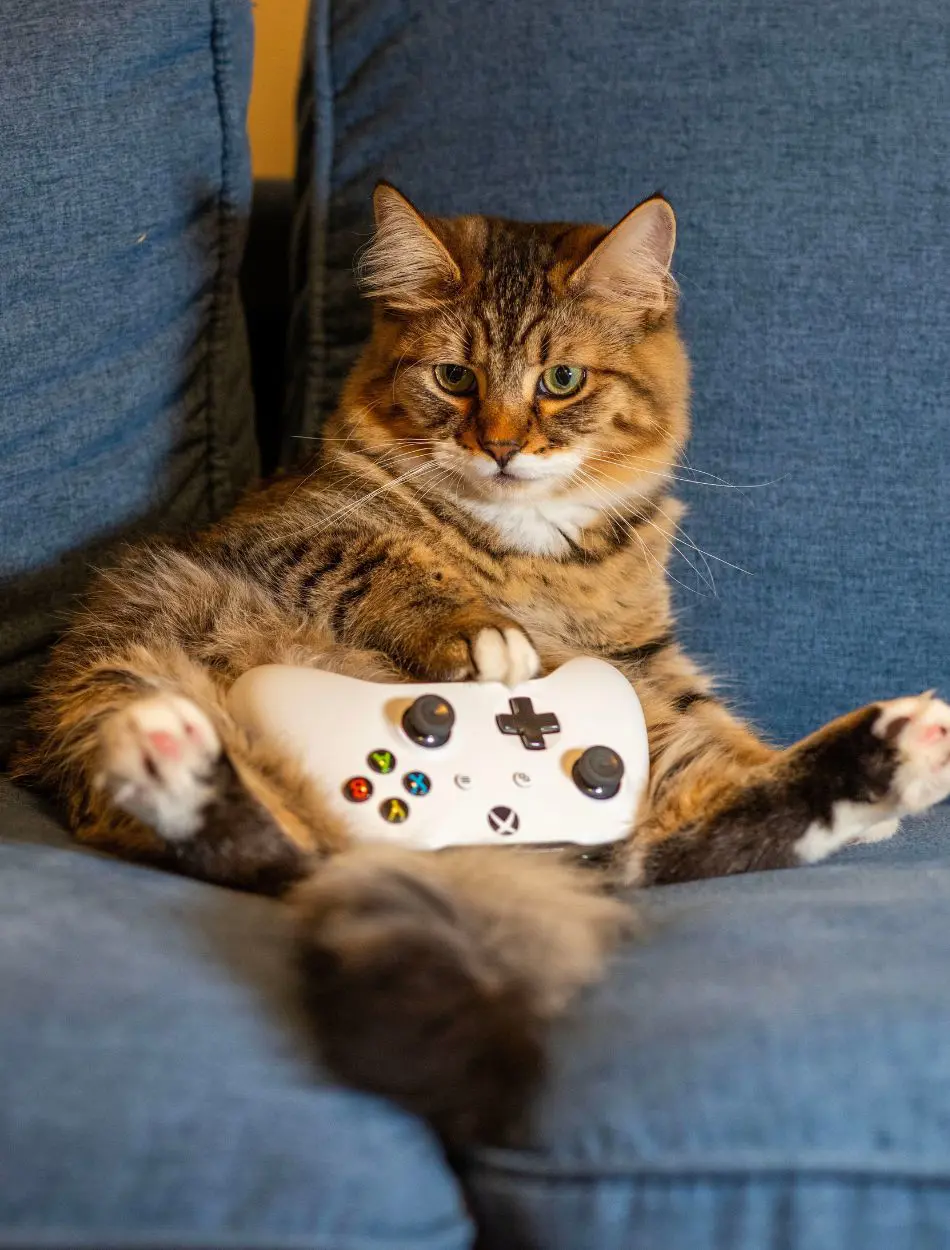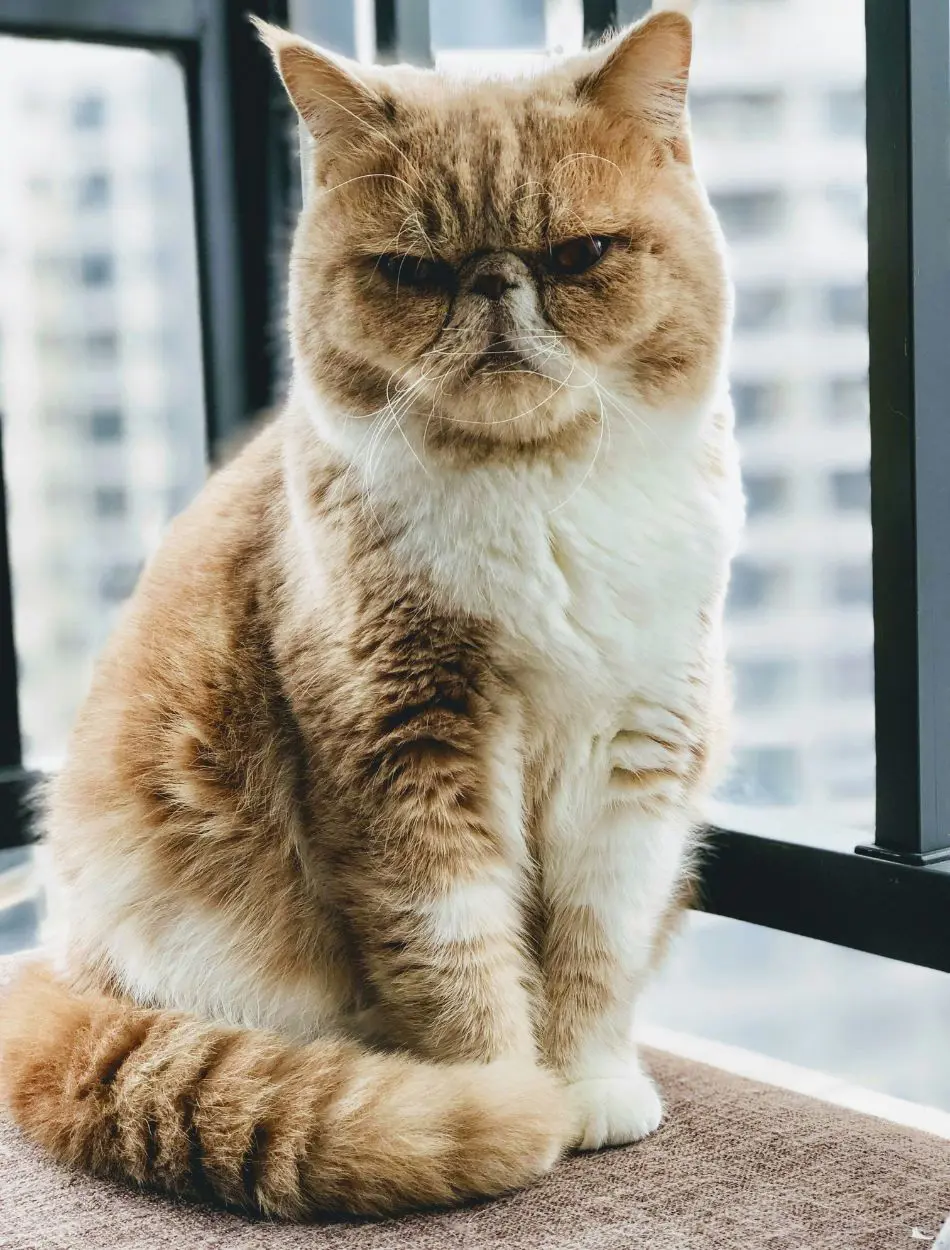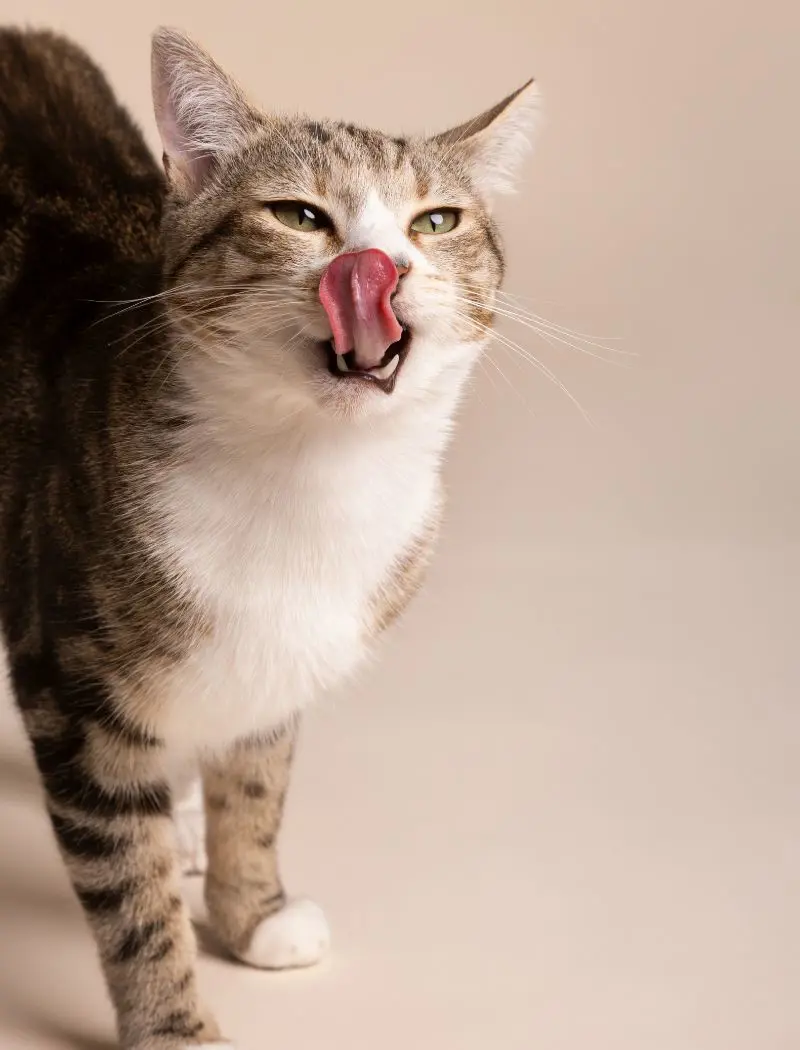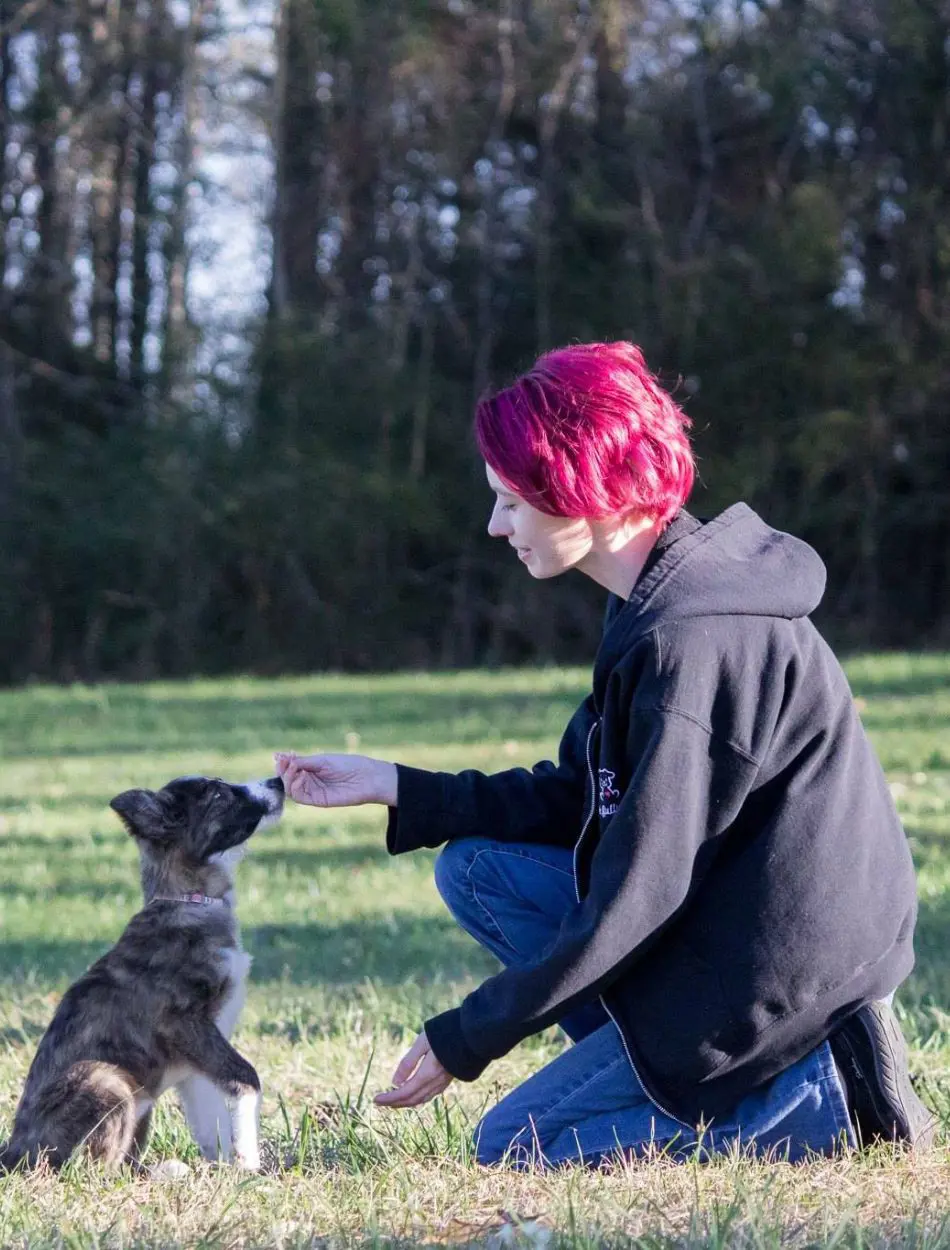How Cat Love Bites Happen And Its Respond
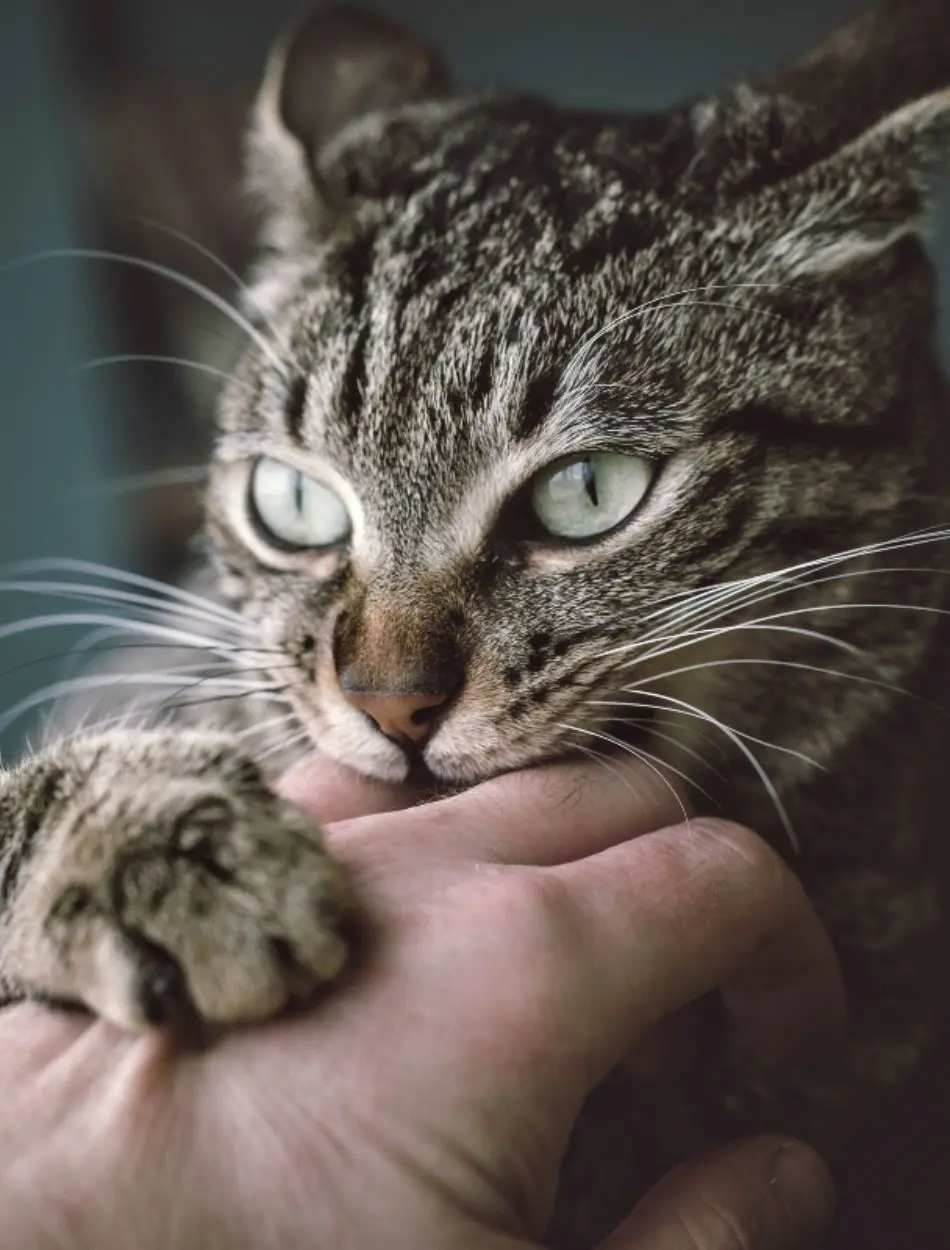
You may wonder about the various activities of your cats, among which you may wonder about their biting you, mainly while you are petting them. You may wonder how bites happen and how to deal with them.
As the term suggests, it is known as kibble and love bites and is accompanied by purring and loving interaction with owners such as rubbing. Here we are learning about cat love bites, their reasons, their differentiation from real bites, and your response toward them in various circumstances.
Understanding Cat Love Bites

It is an activity of cats during the time of playful activities and during the time of petting, in which they gently place their teeth on their human calm enough not to break the skin, accompanied by other activities such as purring and rubbing. Some cats may lick gently or groom you properly before a love bite.
It is a unique form of communication as cats seem to be more vocal with gestures such as purring or rubbing against the cat owner, the act of cat love bites does not break the skin of adult humans or cause harm, but it may guard you off as its is sharp enough to scare and give some pain to you.
How Cat Love Bites Happen?
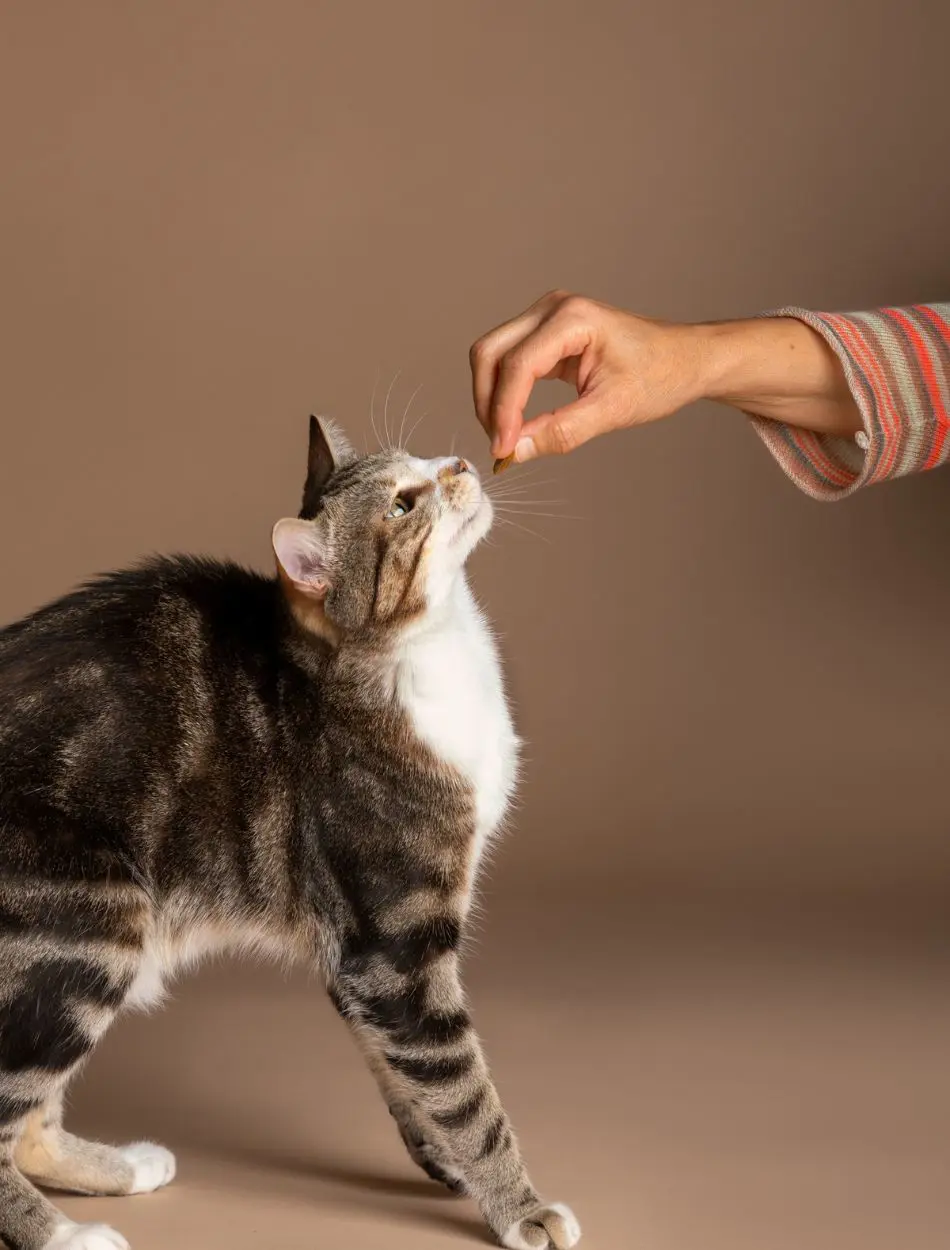
There is no straightforward answer to the occurrence of the nibbling of cats to their human companions, but as the term suggests, it is a gesture of expressing cat love, affection, bonding, and sometimes frustration in an affirmative way.
Moreover, there are various reasons, which can be the reason behind the happening of the cat love bites
Displaying Signs of Affection
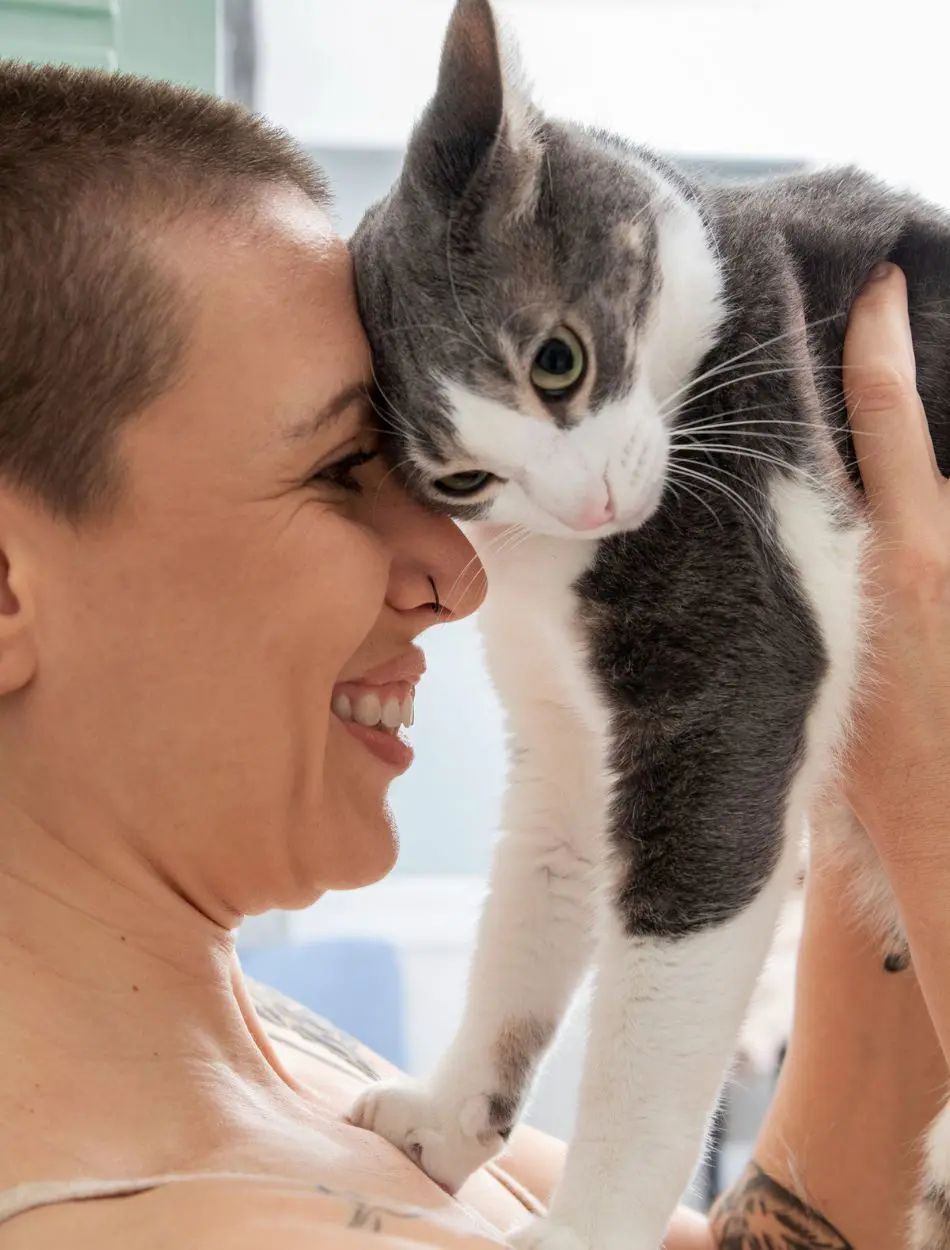
During the time of playful activities during which they are enjoying the session, they may show their affection through love bites expressing their bond and love to their human companion. In these cases, the intensity of the bite is not so intense and it seems to humans a loving gesture.
These types of acts may be accompanied by grooming, purring and rubbing, and other types of loving gestures from the cat.
Grooming Behavior
When cats are in a group, they may groom each other with affection, during such time they lick, and clean with their tongue and for some time they may use their teeth to pull out some debris or unwanted material on each other’s body.
In the case of a cat with their human companion, when humans are petting the cat, with love and bonding they also try to groom them. They lick with their tongues to groom their human companion. In such cases, they use their teeth, and they nibble with their human companion.
During such time, they seem to be relaxed with no stress, but they may get tense right before they bite.
Attention Seeking
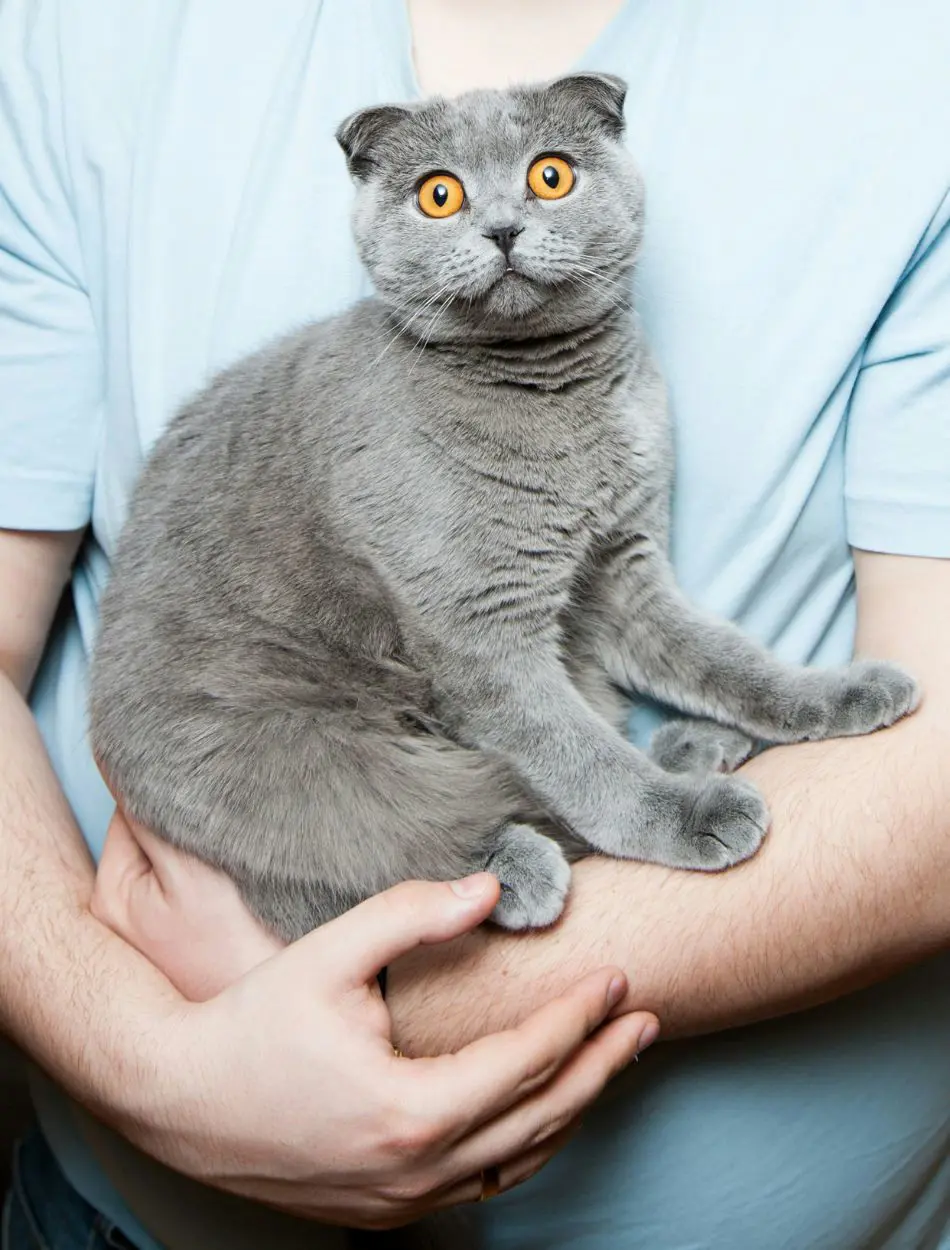
Felines are clever and they continuously learn the things around them, their source of need, their source of attention, their source of threat by watching us and the environment around them. They use the act of cat love bite for attention to get treats, food, and sometimes petting.
When your canine is nibbling around you when you are in the kitchen or other places other than the place where you pet them, then you may try to give them some treat or some food.
Playful Behavior
Sometimes as a habit or due to over-excitement or due to their predatory behaviors they may pounce and nip your hand and nibble them. As it is predatory behavior, in such cases you need to be calm and give them time what they are doing right now.
It is a style of rough play and it should have been managed during the kittenhood, during which they learn to manage their biting behaviour. During the time they are fully dependent on their mother, they can learn the proper behavior of biting.
Comfort Behavior
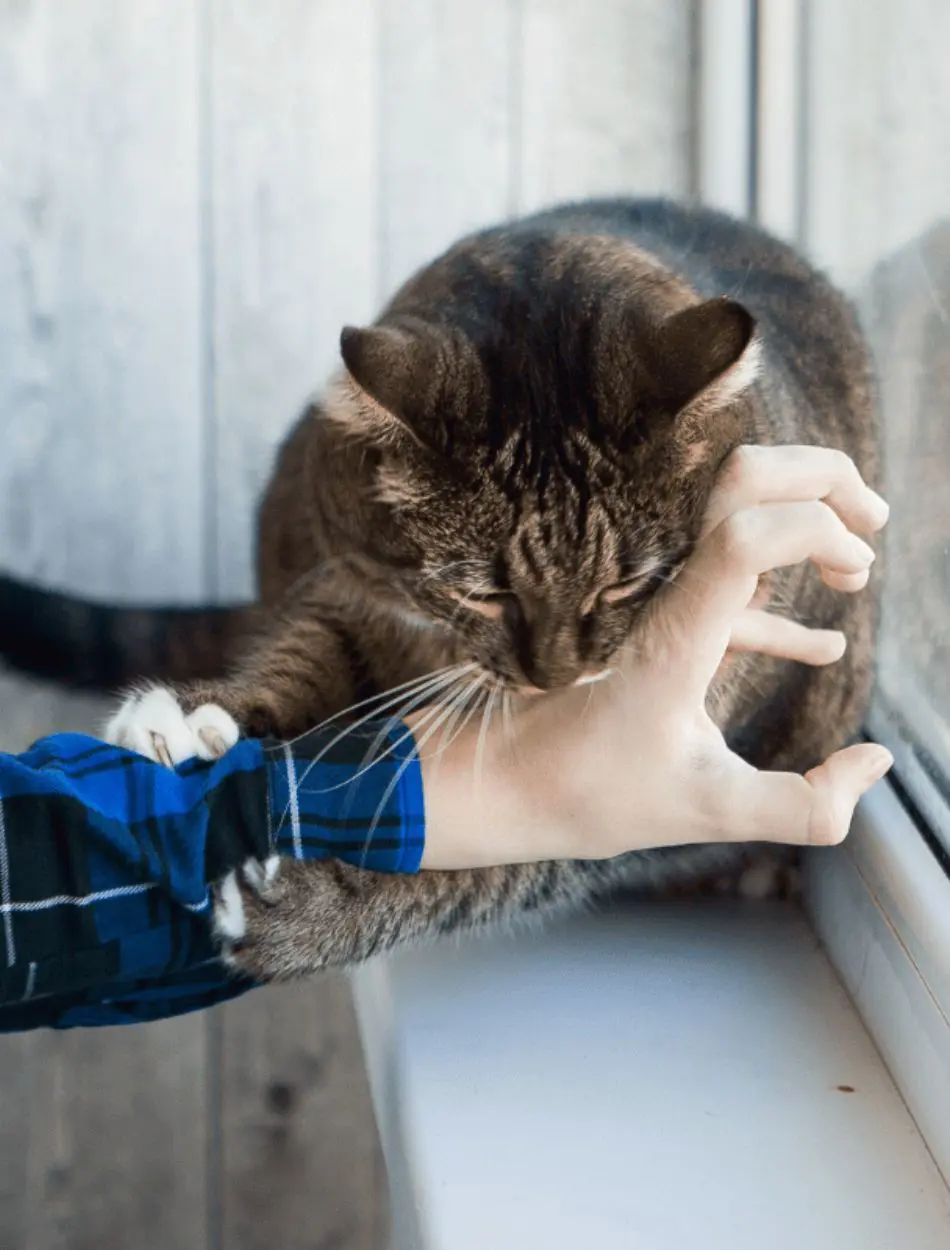
It might be a comfort element when your cat licks your face and nibbles on your finger as such behavior is shown by mother cats to their offspring.
When your cat rubs its face against you or gives you a love bite, in such cases they release pheromones that communicate communal scent which serve to solidify a positive relationship and serve as stress relief during short periods of anxiety.
Over Stimulation
As a creature of mood and self-centered attitude, cats prefer more self-time and may only seek attention for some time of play and the sake of some treat from the owner. If you begin to pet them for more time than they prefer, then these lead them to be mentally and physically stimulated.
During such time the hair follicles of the cat become overstimulated and begin to hurt them. These make them overwhelmed and make them bite them to make them stop you. At this point, you should stop and provide them with their time and space.
Petting In A Sensitive Area

As sensitive creatures, cats do not like to touch some of their body parts, which may cause discomfort to them, and they do not enjoy petting, compelling them to nibble as a warning to cat owners not to pet in such areas. Such body parts may include their belly parts and the tail and back legs.
If your cat is uncomfortable with your actions during the time of petting them may show the signs of twitched tail, which is a purposeful action to position their tail away from you. Some cats may warn you with the sound of a growl if they are less vocal.
Injury
Cats may hide their injuries as in the wild it may lead them to be preyed on by other animals. In domestication, they may develop some kind of injury and as they are hiding you are unaware of them.
You are petting them with good intentions, but due to the pain you may face the cat loves bites which may signal you to stop these actions with some other signs such as growls and hissing. In such cases, you should be intelligent enough to check them gently for any injuries.
Differentiate Between Cat Love Bites And Read Bites

It is important to differentiate between cat love bites and real bites as they may show the behavior, mood, and needs of the cat and help diagnose any underlying issues. The same cat may engage in both activities such as cat love bites and real bites. It is also important to ensure the safety and well-being of everyone involved in human-cat interactions.
Cat bites occur when they want to interact with the owner, overstimulation, playfulness, grooming the cat owner, and many more. On the other hand, real bite indicates some body language indicating fear and aggression, including:
- Dilated pupils
- Flattened ears
- Pilorection (hair standing up on end)
- Tail twitching
- Hissing or growling
Response To Cat Love Bite

Your response to the cat’s love bites may depend on your canine companion’s motivation and their visible behavior during the time of the love bite. Moreover, if you find the behavior irritating, discomforting, frustrating, or boring despite pleasurable then you may respond to them with certain strategies.
1. Pay Attention TO Them
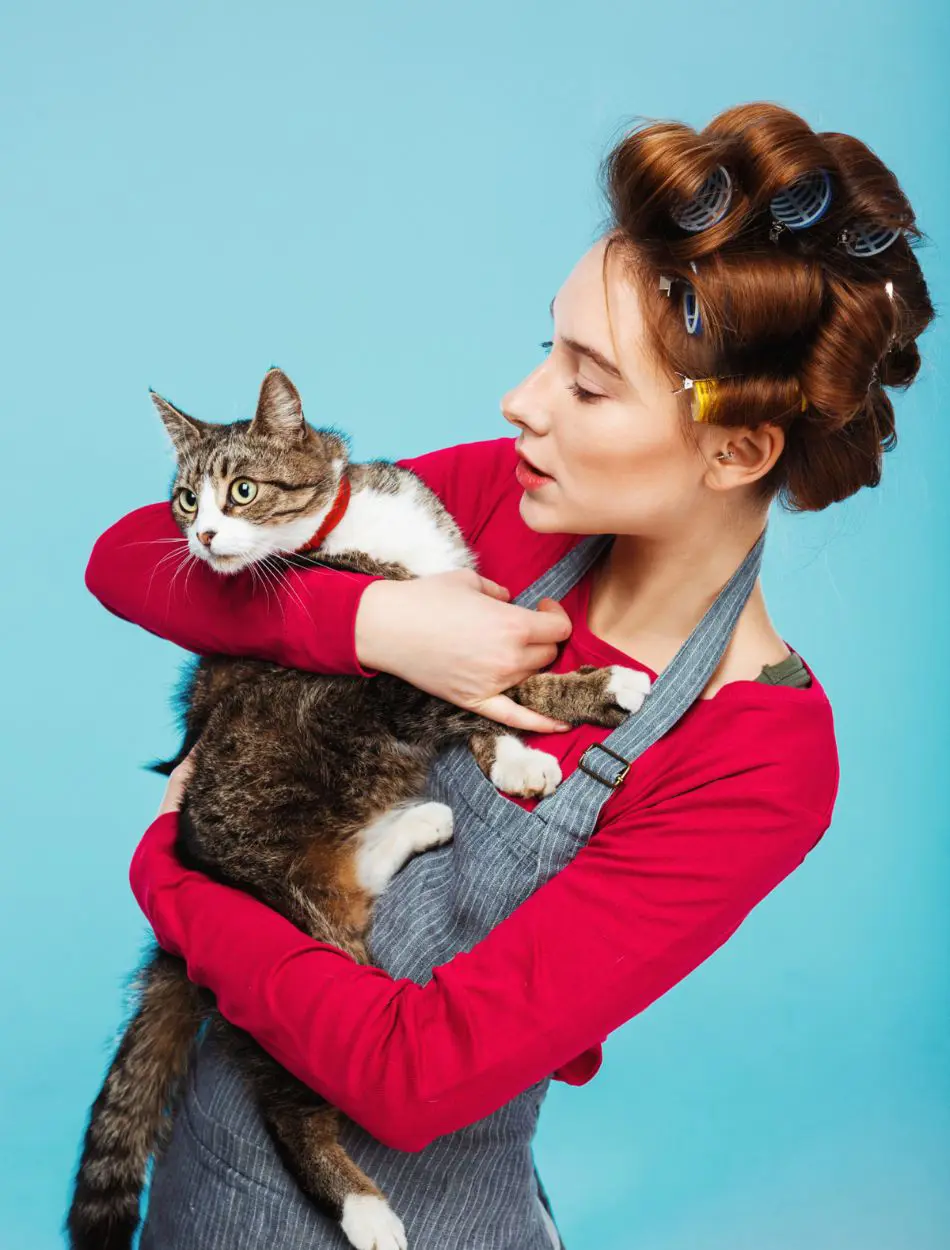
Cat Love bites can be prevented by understanding how your cat bites. Some cats can only tolerate a few shocks before feeling overstimulated and may respond with a nip. Observing your cat’s behavior during petting sessions helps you know when you’ve had enough.
This allows you to leave the pet at an appropriate time so that your cat doesn’t feel the need to say a sign to stop you. By focusing on these patterns, you can create better communication. Stopping before your cat feels the need to bite also helps to associate caring relief.
Over time, this builds trust and can even increase their tolerance for being touched, strengthening your relationship without being surprised by an accidental touch.
2. Analyze Body Language
Cats often give clear signals before affection, indicating when they’ve reached their petting limit. Pay close attention to body language such as twitching muscles, twitching tails, or widening eyes. These subtle signs indicate overstimulation and provide a warning that you may be bitten if you continue to use it.
Understanding these symptoms helps to stop your communication before it gets worse. By knowing when your cat has had enough, you respect their boundaries, reducing the chances of love and affection. This creates a positive bond between you and your cat, making interactions more enjoyable and reducing discomfort for both parties.
3. Define Acceptable Behavior
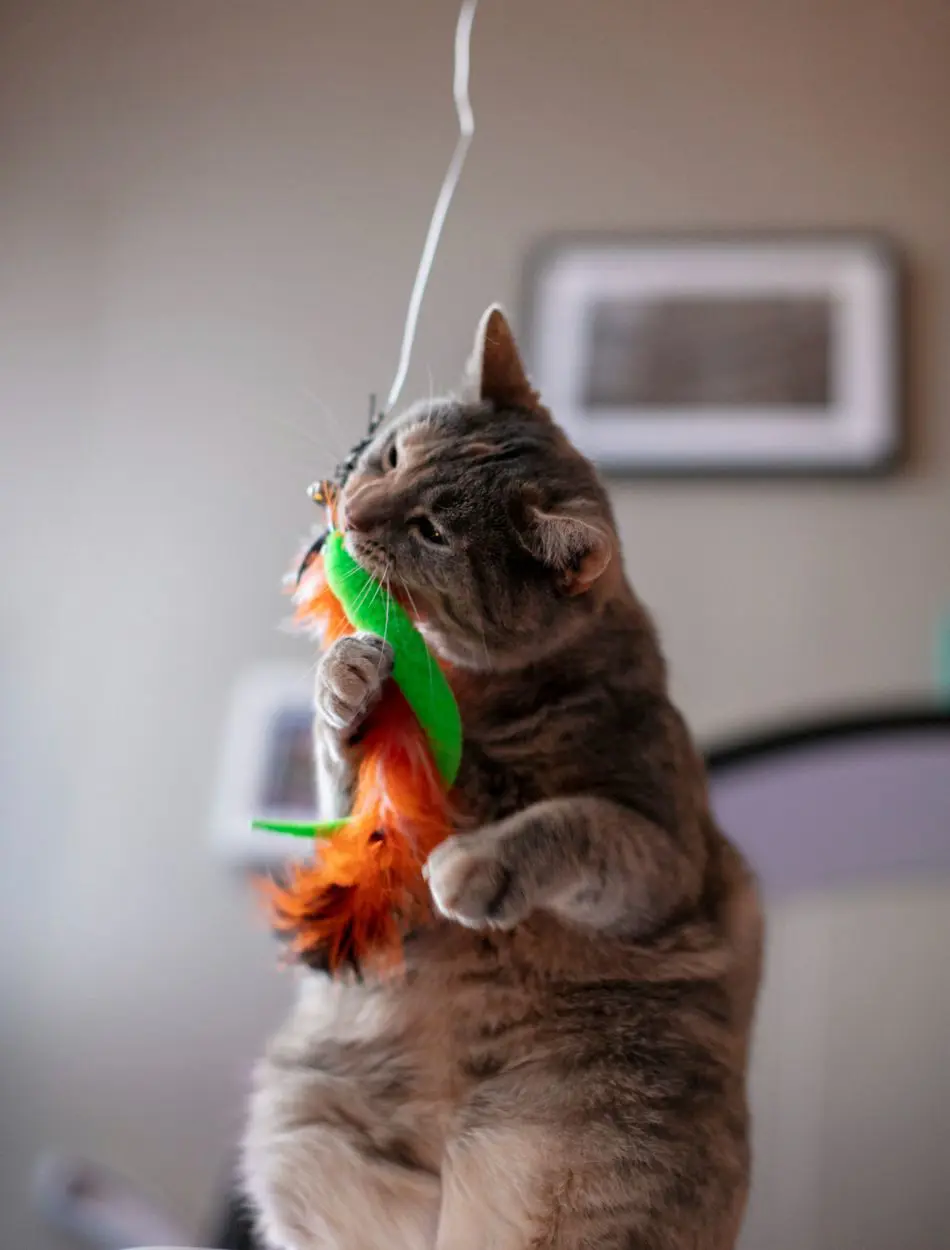
While affectionate touches are generally harmless, turning your cat’s touch on a toy can tell them what they accept. Instead of letting them choke on your hand, offer a toy or other interactive object when they start to bite. This reinforces the idea that hands are for petting and toys are for biting.
Teaching these boundaries during kittenhood is especially effective, but even older cats can learn to constantly reverse course. Over time, your cat will learn that their playful or affectionate nips should be directed at toys, not people.
This creates a healthy bond and ensures that love biting isn’t a permanent part of your petting sessions.
4. Know How To React
If your cat bites, it’s important to respond gently and not pull away too quickly. Sudden movements can trigger their hunting instincts and intensify the bite. Instead, freeze it and wait for your cat to release its grip. Once done, gently move your hand away.
This method teaches your cat that biting doesn’t elicit the desired response and helps reduce the chances of nips in the future. Over time they will realize that saying love doesn’t lead to funny or passionate responses, making it easier to repeat the behavior during their romantic moments
5. Turns Attention With Toys
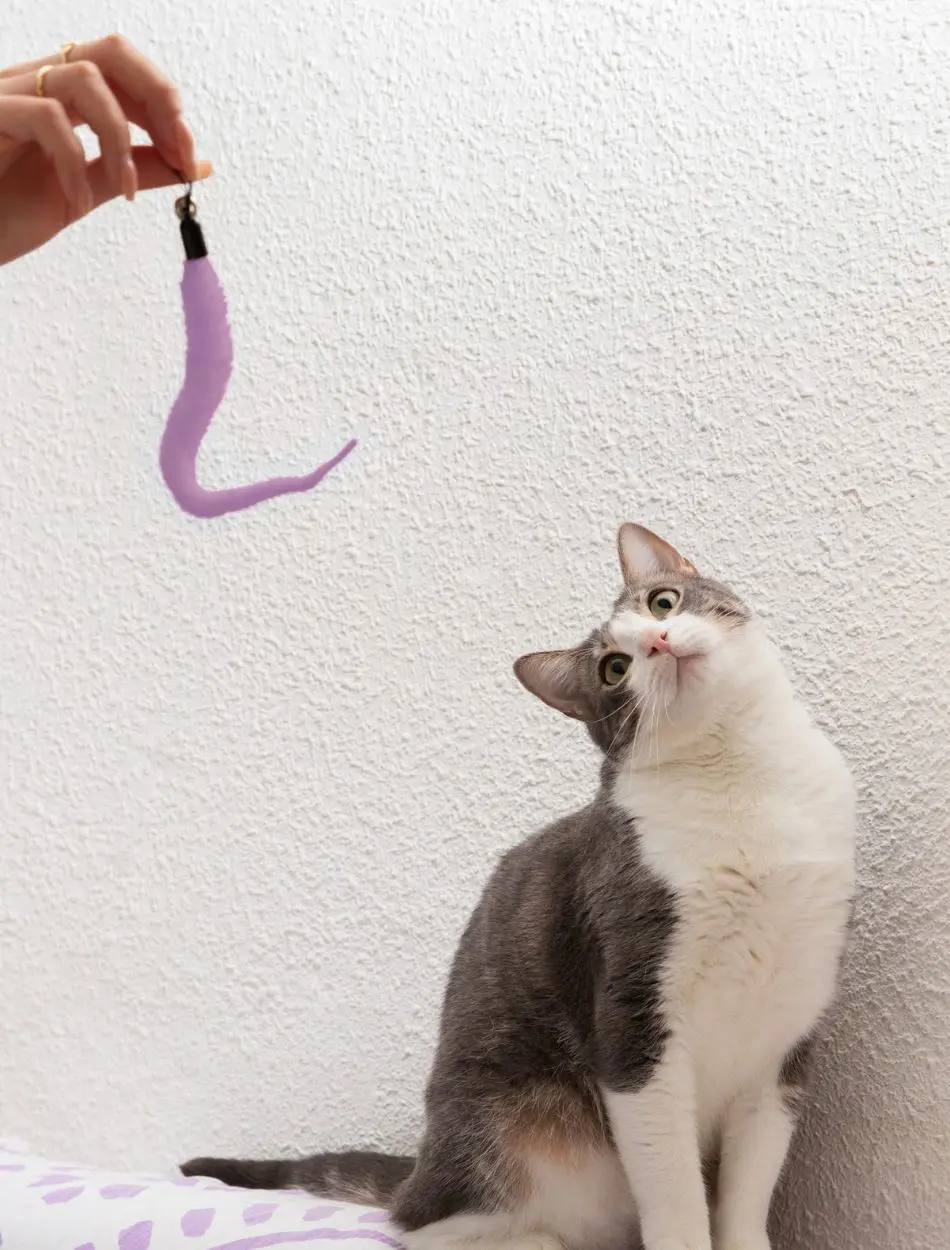
When your cat gives some affection, diverting their attention to the toy can channel their playful energy in the right direction. Cats often bite as a sport or because they are overstimulated. Offering a toy immediately upon bite allows them to express their natural hunting behavior independent of your hand.
Interactive toys like feather rods or laser pointers can effectively divert your attention. By consistently providing toys when your cat is nippy, you help them associate playtime with objects rather than skin. This makes interaction enjoyable without causing problems or reinforcing unwanted biting behaviors.
6. Avoid Petting Aggressive Cats
If your cat’s bites feel more aggressive than affectionate, it’s best to stop eating immediately. Some cats use kicks to communicate that they are overstimulated or upset. Continued surveillance can exacerbate their aggressive behavior, causing severe bites.
By leaving the pet at the first sign of aggression, you are teaching your cat that biting causes him to lose his mind. Over time, this discourages him from biting loudly and helps your cat understand that calm, gentle behavior keeps you affectionate.
7. Never Punish Your Cat
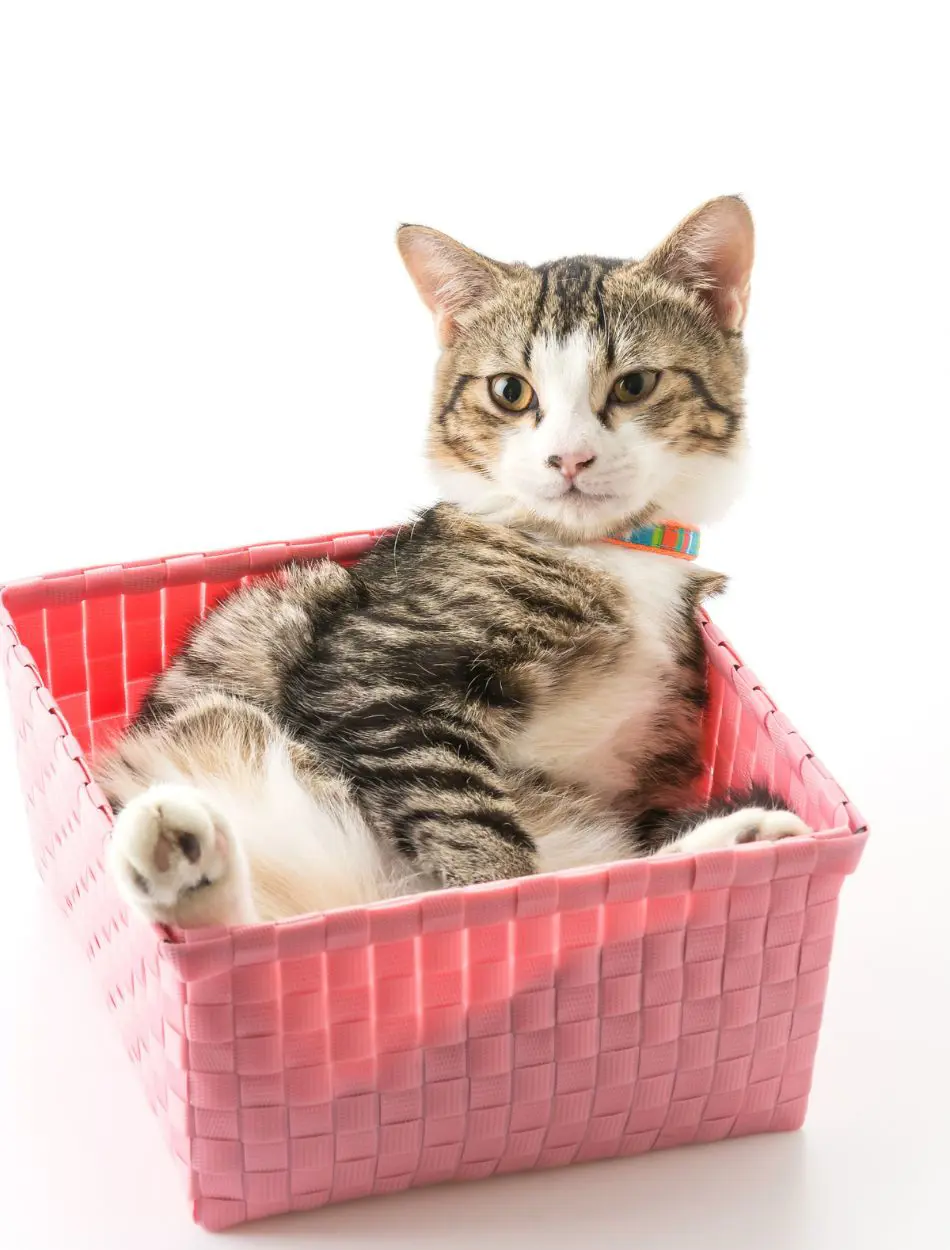
Punishing your cat for affectionate expressions including yelling, scowling, or kicking isn't always an effective manner to reduce the behavior. In reality, this will make your cat more apprehensive or worrying, which could result in a louder bite.
Cats do not respond well to physical punishment, which can lead to a lack of acceptance as true among you and your feline. Focus on rewarding accurate behavior instead of punishing it. Use treats or love to reassure you as your cat is lightly engaged.
8. Boost Indoor Sensory Stimulation
Providing your inner cat with enriching activities can help reduce cat love biting by preventing boredom and overstimulation. A cat that lacks mental or physical stimulation may be more prone to nipping as a way to release stored energy. Bird-watching opportunities, interactive toys, and puzzles offered can keep them engaged.
By addressing your feline’s need for stimulation, you reduce the chances of using what you’ve said as communication or play. Enrichment activities keep your cat’s attention active.
9. Provide Some Space
Like humans, cats sometimes need a place to rest and relax. If your cat gets overstimulated while stroking or playing, giving him space can prevent love bites. When your cat eats enough and rests, it helps him manage their own stress and energy levels.
By respecting your cat’s need for alone time, you build trust and help them feel more comfortable in their presence. Over time, your cat will come to you seeking affection on his terms, reducing the chances of over-stimulatory affection.
10. Consult A Veterinarian

If your cat’s biting behavior suddenly changes, it could be due to an underlying health issue. Affectionate touches are usually playful or affectionate, but if your cat begins to bite heavily or frequently, it could indicate pain, injury, or illness.
A veterinarian can rule out medical reasons like joint pain or dental issues. By addressing any potential health problems, you can prevent further problems and help your cat return to normal behavior. A veterinarian can also offer advice on how to handle behaviors associated with hyperstimulation or anxiety.
Recent posts
Cats
Blood In Cat Stool: Beware of These Causes
Noticing blood in your cat’s stool is a sight no pet owner wants to bear witness to. While seeing your cat excrete blood is hard enough already, this symptom could indicate something much more devastating. Take a look at some of the issues and ...
Cat Tail Language And Its Meaning
Cats with their fiercely independent yet charming personalities, tend to leave us in suspense regarding what may truly be on their minds. While the eyes, ears, and much of body language often give some hint, the tail is one of the clearest indicators...
18 Reasons Why Your Cat Nose Is Dry
The nose is a very vital part of a cat's health and provides information about whether or not a cat is well or ill. Many pet owners believe that if a cat possesses a dry nose, then it must be ill. But that is not the case, it may include the environm...
Why Is My Cat Not Drinking Water
Cats are notoriously finicky when it comes to water consumption, and it's natural to worry if your canine companion isn't drinking as much as you expect. From environmental preference to a simple behavioral quirk, many factors can contribute to the c...
Why Is My Cat Nose Wet?
If you have a pet cat, you might have noticed their wet nose and wondered why my cat's nose is wet. Does a cat's wet nose signify something or is it very normal? these questions might have popped up in your head at least once. It is normal for ...
18 Reasons Why Your Cat Is Snoring
While it may seem cute or amusing, snoring in cats can also be an indication of several underlying health problems that pet owners need to know about. Some light snoring is typical for certain cats, however steady or noisy wheezing could demonstrate ...
